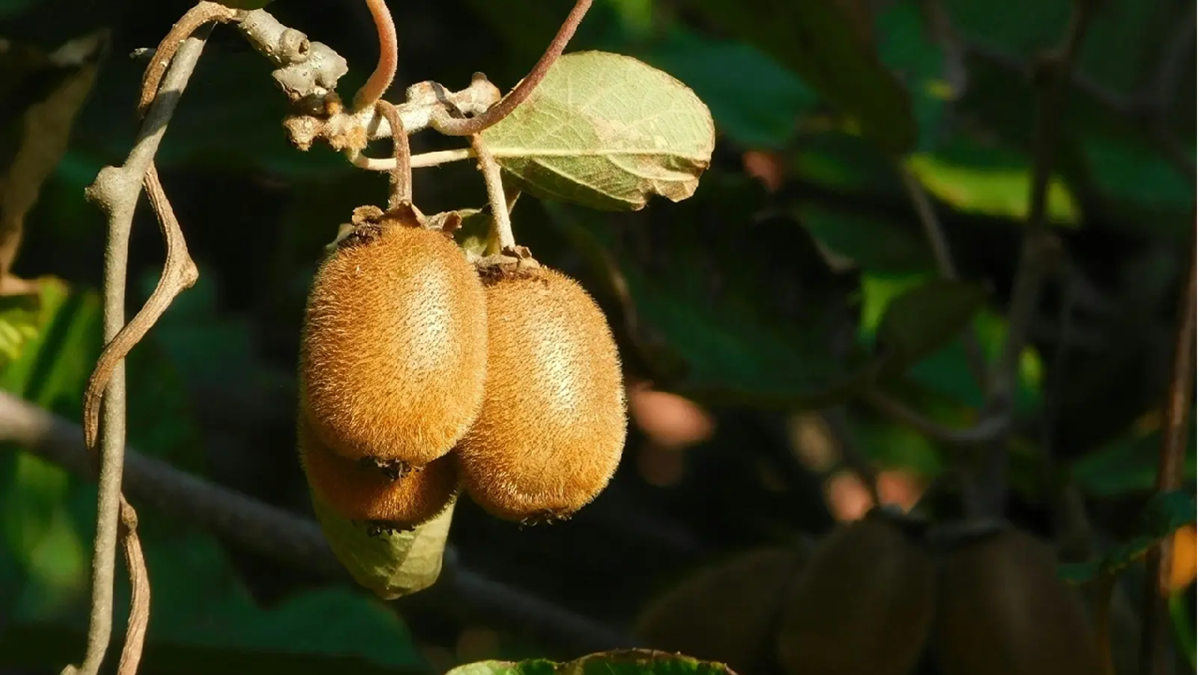Measurements
Five reasons to monitor ethylene in the agriculture supply chain
Ethylene is a phytohormone produced by plants in all phases of their lifecycle and involved in many physiological processes. Monitoring the gas levels in the supply chain can reduce agriculture yield loss. Find the critical points in the supply chain where monitoring ethylene can help your business.
21 November, 2022
Ethylene is a phytohormone produced by plants in all phases of their lifecycle and involved in many physiological processes. Monitoring the gas levels in the supply chain can reduce agriculture yield loss. Find the critical points in the supply chain where monitoring ethylene can help your business. Ripening Ethylene (C2H4) is an odorless and colorless gas that diffuses within plants and between fresh produce. Its effect on ripening is its most important property in the supply chain. Climacteric fruits, like apples, mangoes, avocados, bananas, tomatoes, etc., require ethylene for ripening. This process starts with an increase in respiration rate and an initial release of ethylene, which triggers more ethylene, as it is autocatalytic. Ethylene softens fruit tissue by dissolving pectin, induces color change, and converts starches into sugars. The process starts while the fruits are on the tree and continue after harvest. Ethylene is monitored on the farms and in the postharvest stages. Food producers aim to keep their fresh produce at lower temperatures during storage to slow down respiration and ethylene production. Any ethylene detected is removed by scrubbing, reducing concentrations. Once ethylene is produced, it leads to ripening, over-ripening, and the decay of fruits and vegetables, making them unmarketable as well as lowering profits. A few days before selling, suppliers will provide artificially manufactured ethylene in prescribed concentrations and temperatures in ripening rooms to produce ripe fruits for retail. BruisingEthylene is also the stress hormone, and a plant or fruit will release gas in response to abiotic stress, like wounding, hypoxia, and chilling. In all cells, Ethylene is present in small quantities, but its levels increase in stressed cells and tissue. So when fruits and vegetables are bruised during handling and transport, or suffer chilling injury or lack of oxygen in cold storage rooms, ethylene levels increase in stressed tissues. Ethylene signaling starts a programmed cell death in the damaged cells and tissues, beginning decay. This will again lead to fruit rejection and waste. So regular monitoring of ethylene levels with non-destructive gas analysis devices can help stakeholders identify spoiled fruits before visual symptoms become apparent. These can be sorted and culled to prevent ethylene from spreading to other fruits and triggering premature ripening. Detecting Fungal and Insect AttacksPlants suffering biotic stress from pathogens will also respond by triggering ethylene release in the affected tissue. The hormone is the principal modulator of plants various mechanisms to react to pathogen attacks. These actions include controlling the genes and synthesizing other hormones like salicylic acid and jasmonate. This produces a differentiated response to diseases. The presence of pathogens preharvest, bruising and damage to the external skin during transport, or improper storage conditions can spread fungi and other diseases during the supply chain. Traditional fresh produce was examined physically or by a destructive laboratory microscopic examination for pathogens or pests. Since ethylene production is established with diseases and pest attacks, stakeholders can monitor non-destructively ethylene levels to identify biotic stress before it spreads to the entire batch and spoils profits. Non-climacteric fruits do not need ethylene for ripening, for example, grapes, strawberries, and cherries. However, many are ethylene-sensitive, as the hormone causes decay and senescence. These ethylene-sensitive fruits, for example, cauliflower, carrots, beans, eggplants, onions, watermelon, etc., should not be stored near climacteric fruits to prevent spoilage. Abscission of Flowers and LeavesEthylene causes aging and then senescence, allowing plants to discard old leaves, flowers, petals, and ripe fruits through abscission and is also of commercial interest. In fact, ethylene was first discovered in the 19th century because the gas released from street and greenhouse lamps led to premature leaf-fall. The cut flower industry is interested in controlling ethylene production, which can cause yellowing leaves and the abscission of flowers brought on by ethylene signaling. Like fruits, many flowers are ethylene sensitive, and even trace amounts of the gas lead to rapid wilting, see Figure 2. Ethylene can be produced by everyday items like electric generators or gas cylinders in storage facilities or retailers that can affect flower vase life. SproutingEthylene is found at higher levels in meristem tissue and is responsible for germination and root initiation, resulting in the sprouting of potato tubers. Potatoes are the fourth major food crop and are stored in large quantities, in bins or stacked cribs. Potatoes are stored under low temperatures and ventilation to extend storage time and reduce sprouting by reducing ethylene levels. When ventilation levels are low, the ethylene concentrations in bins can increase, and there will be more sprouting, which leads to a weight loss of tubers. Monitoring ethylene and respiration can effectively control sprouting and quality loss in potatoes that will be stored for months.












